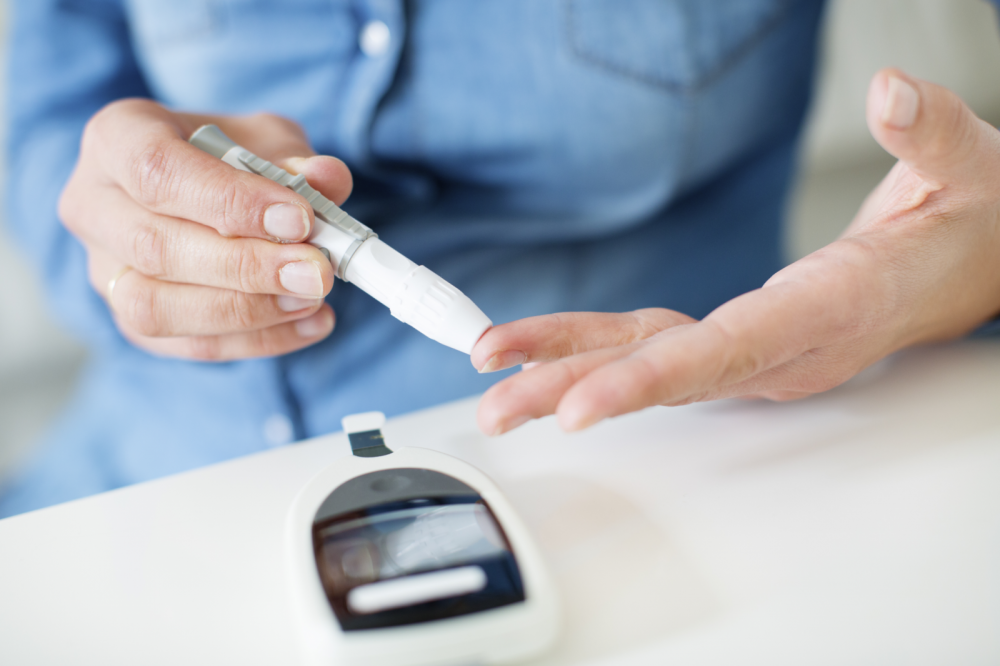Prediabetes is an indication that your blood sugar level is higher than normal but not yet high enough to be classified as type 2 diabetes. Without lifestyle changes, people with prediabetes are very likely to progress to type 2 diabetes. If you have prediabetes, the long-term damage of diabetes — especially to your heart, blood vessels and kidneys — may already have started.

But take note, Prediabetes is reversible. Research shows that you can lower your risk for developing type 2 diabetes by 58% by:
1. Losing 7% of your body weight (or 15 pounds if you weigh 200 pounds) if you are overweight.
2. Exercising moderately (such as brisk walking) 30 minutes a day, five days a week.
3. Managing Your Sleep duration: There seems to be an association between short sleep duration and the risk of progression to diabetes. Research findings suggest that sufficient sleep duration is important for delaying or preventing the progression of prediabetes to diabetes. Those who sleep 8 hours a night were 23 percent more likely to develop type 2 diabetes than those who said they slept 7 hours per night. Those who said that they slept 6 hours per night were 44 percent more likely to develop type 2 diabetes than those who slept 7 hours per night. Those who slept 5 hours or less per night were 68 percent more likely to develop type 2 diabetes than those who slept 7 hours per night.

4. Tracking Your Diet: Eating red meat and processed meat, and drinking sugar-sweetened beverages, is associated with a higher risk of prediabetes. A diet high in fruits, vegetables, nuts, whole grains and olive oil is associated with a lower risk of prediabetes.
5. Your Waist size. A large waist size can indicate insulin resistance. The risk of insulin resistance goes up for women with waist larger than 35 inches.
Additional factors that should not be ignored are high blood pressure, low levels of high-density lipoprotein (HDL) cholesterol, the “good” cholesterol & high levels of triglycerides — a type of fat in your blood for they have a role in diabetes growth.
Disclaimer
The Content is not intended to be a substitute for professional medical advice, diagnosis, or treatment. Always seek the advice of your physician or other qualified health provider with any questions you may have regarding a medical condition.



